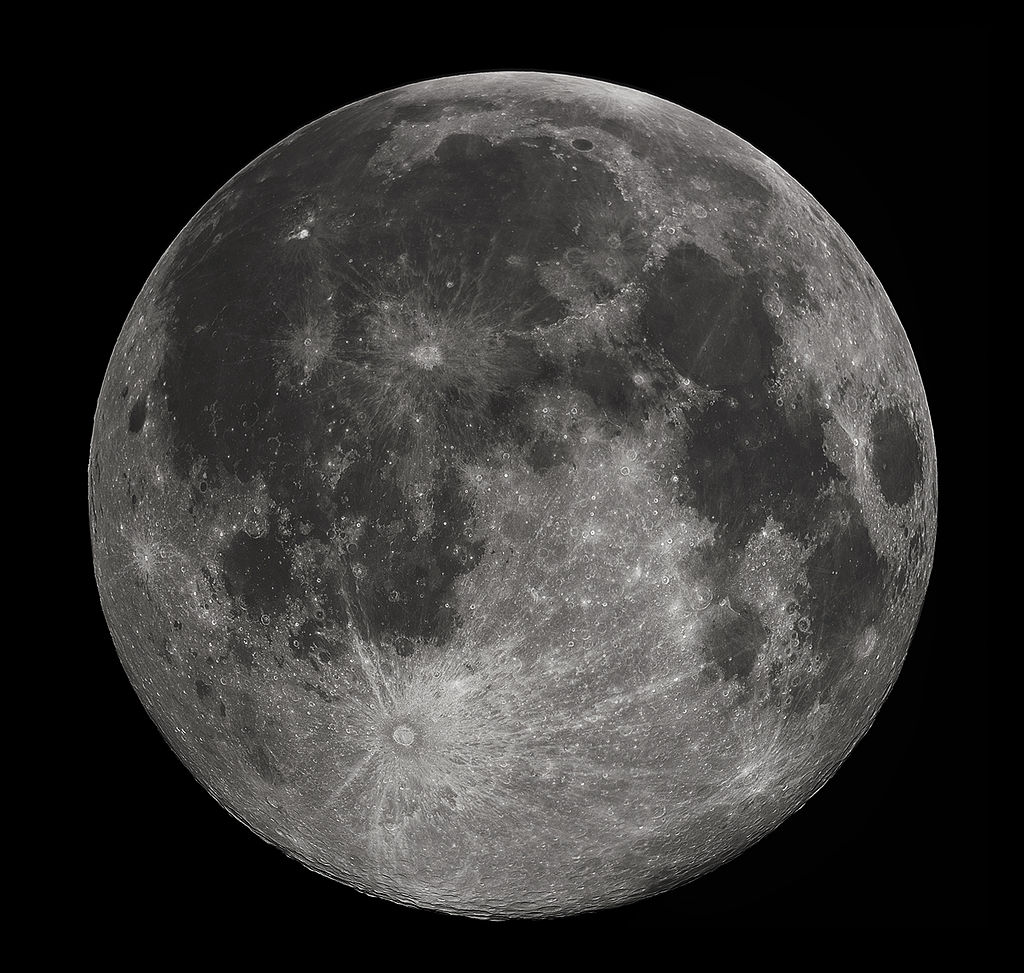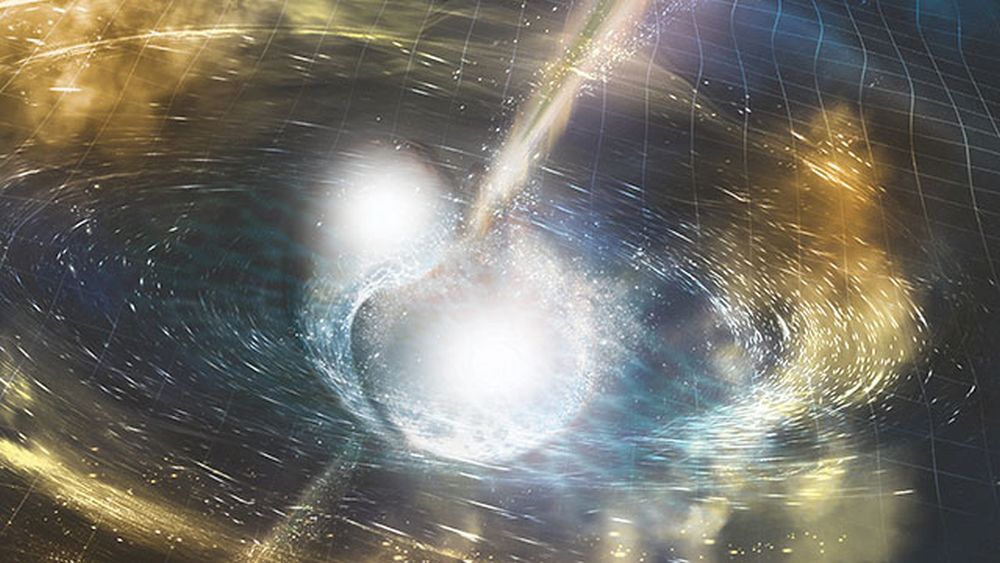According to NASA’s Perseverance rover, ancient rocks in Jezero Crater formed in the presence of water. These sedimentary rocks are more than 3.5 billion years old and may predate the appearance of life on Earth. When and if these samples are returned to Earth, scientists hope to determine if they hold evidence of ancient Martian life.
Continue reading “Ancient Rocks in Mars’ Jezero Crater Confirm Habitability”Ancient Rocks in Mars’ Jezero Crater Confirm Habitability










